The Institute Arises
In 1995, Disney’s Village Resort closed forever. Remember, the two decade old wooded townhouses, villas, condos, and treehouses that had once been used as corporate cabanas (and had only been collectively united as an official Resort a decade earlier) had always been imagined as a “home away from home,” with a park-like lakeside location overlooking Disney’s rapidly-expanding “downtown.”
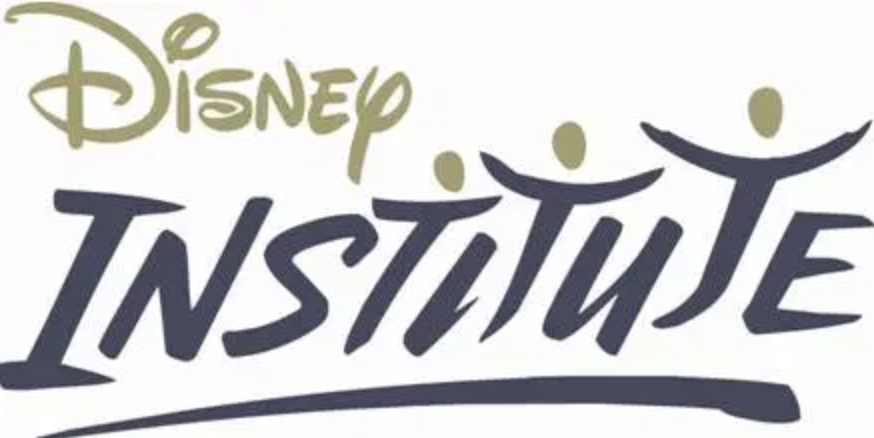
But now, the comfortable villas and charmingly sprawling campus would serve as exactly the foundation Eisner needed for his own Chautauqua – THE DISNEY INSTITUTE.
To Eisner’s thinking, the successful ongoing transformation of Walt Disney World with convention centers, upscale hotels, the Disney Vacation Club, and other upper-crust amenities was evidence that he’d been on the right track; that Disney World could be a business far beyond accomodating theme park guests… and in fact, that Disney’s highly-courted upper-middle-class adult demographic might be willing to come to Disney World for a week-long experience that had nothing to do with theme parks whatsoever.
Great care was put into every element of the Disney Institute, right down to its logo. Animation manager Larry Lauria recalled to Jim Korkis, “They paid big money for a design group to come up with that ‘jumping T’ in the name ‘Institute’. The point was that he was to represent the guest and as the guest took more and more classes, he became more and more happy and empowered and knowledgeable and leapt from the mundane world high into the unlimited sky.”
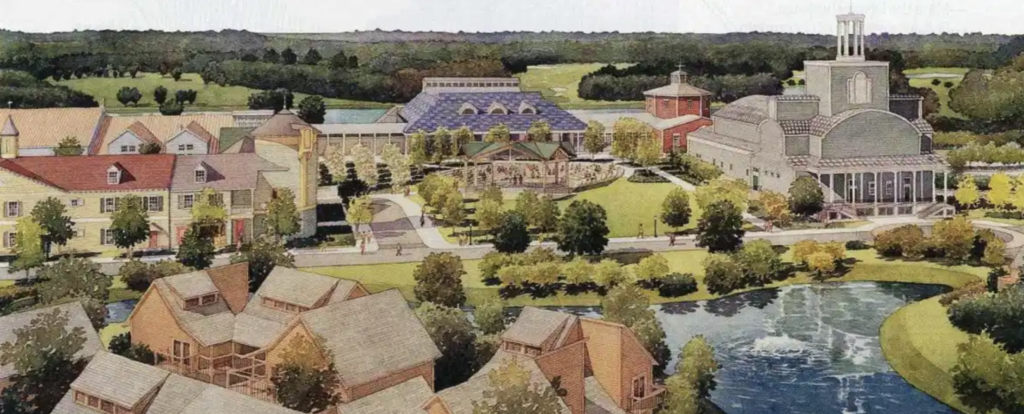
Characteristic of Eisner’s early out-of-the-box thinking, Disney would repurpose its lakeside resort of ’70s villas into its own all-inclusive educational institution; a picturesque lakeside New England town with its in-universe municipal structures repurposed as learning spaces. This would be a romanticized campus of warmth and charm, inviting guests to amble through parks, along waterways, and into the woods en route to classes on storytelling, animation, design, music, and filmmaking – all lead by Disney’s in-house creatives.
The newly-crafted central campus (above) would be the anchor of Disney’s educational space, but those who wished to create entire vacations around the Disney Institute would find THE VILLAS AT THE DISNEY INSTITUTE. Yes, Eisner suspected that the Disney Institute itself could create a niche market within Walt Disney World; a space where adults might opt to visit the property and forego theme parks altogether in favor of focusing on living inside of an immersive, educational campus. The Disney Institute and its Villas officially opened in February 1996.
The Disney Institute
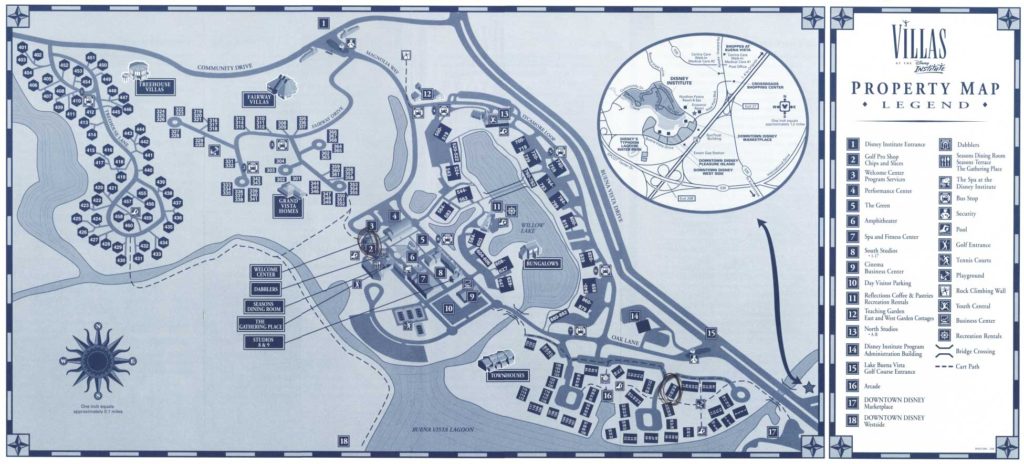

Sure, guests staying in The Villas at the Disney Institute would technically be in hand-me-downs from 1985’s Village Resort, which had technically originated as far back as 1975… But naturally, all of the existing villas were all remodeled – for better or worse, eviscerating any remains from their classic ’70s architecture, accents, styles, and textures. (Unfortunately, the mid-’90s renovation was mostly cosmetic, famously failing to equip the ’70s structures with the additional power supply and outlets that would swiftly become essential in, for example, charging phones and computers…)
The Treehouses remained, replacing shag carpeting and dark wood interiors with simplistic and modern white. The Vacation Villas along the lake became The Townhouses overlooking Pleasure Island. Villas set around the inland Willow Lake were reimagined as The Bungalows, repainted in soft, warm earth tones.
At the head of Willow Lake, the former Walt Disney World Conference Center was repainted and renamed The North Studios, subdivided into cutting edge classroom spaces. Nearby, the East and West Cottages shared Teaching Gardens – perfect for culinary or horticultural classes – with a large Climbing Wall in the woods just past.
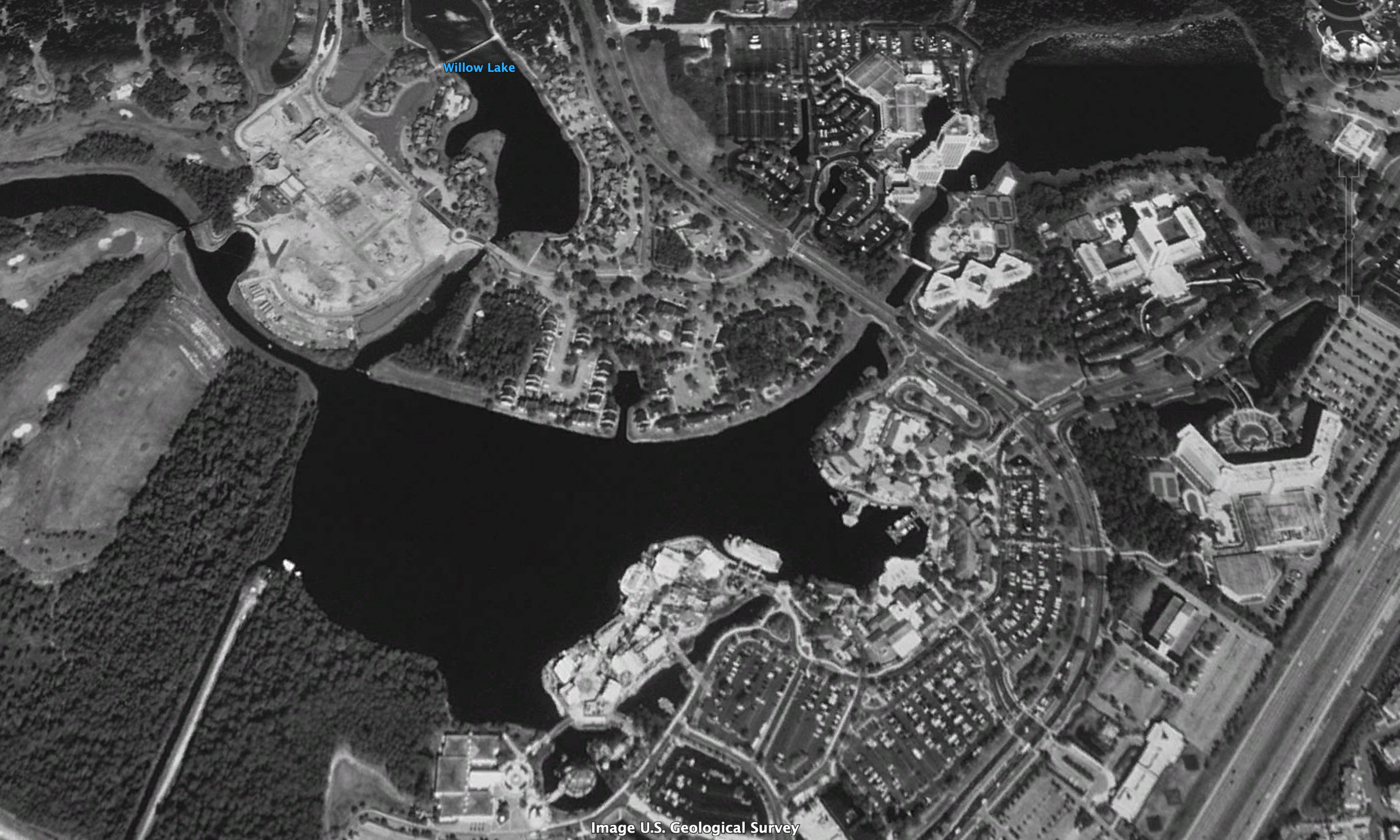
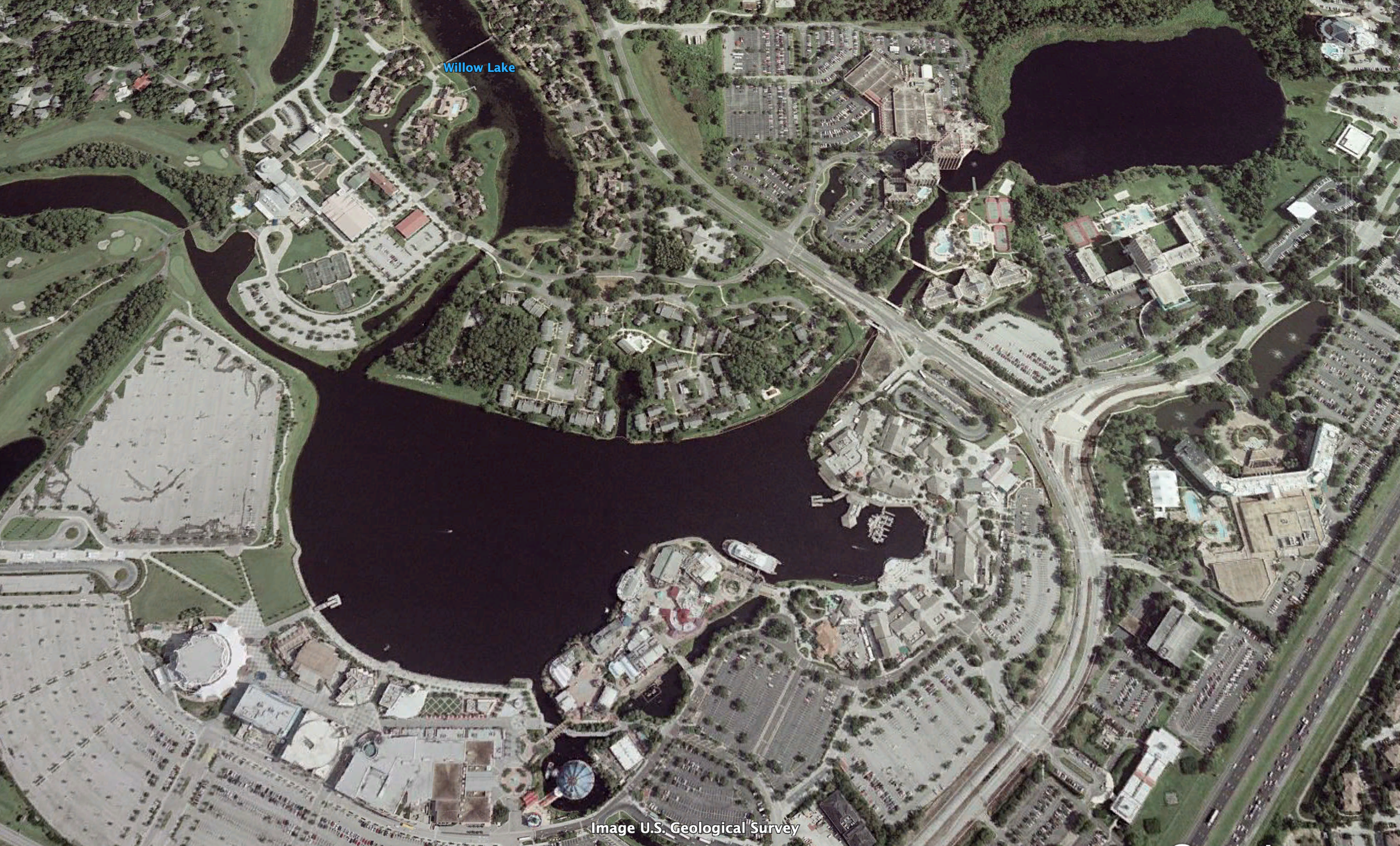
1995 vs. 2002. Slide to compare. Images: U.S. Geological Survey
But the bulk of the Disney Institute’s learning facility (designed by Tom Beedy) would be built around an unexpected structure…
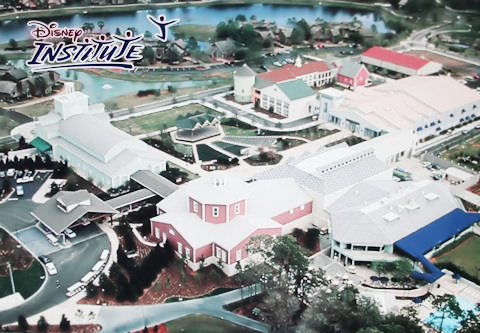
… the golf course’s former high-end restaurant, the Lake Buena Vista Club. (Notice its roof?) Though the restaurant remained (as Seasons), the structure itself was dramatically expanded outward into an upstate New York-stylized lakeside rural town of iconic architecture, arcades, meeting spaces, and more.
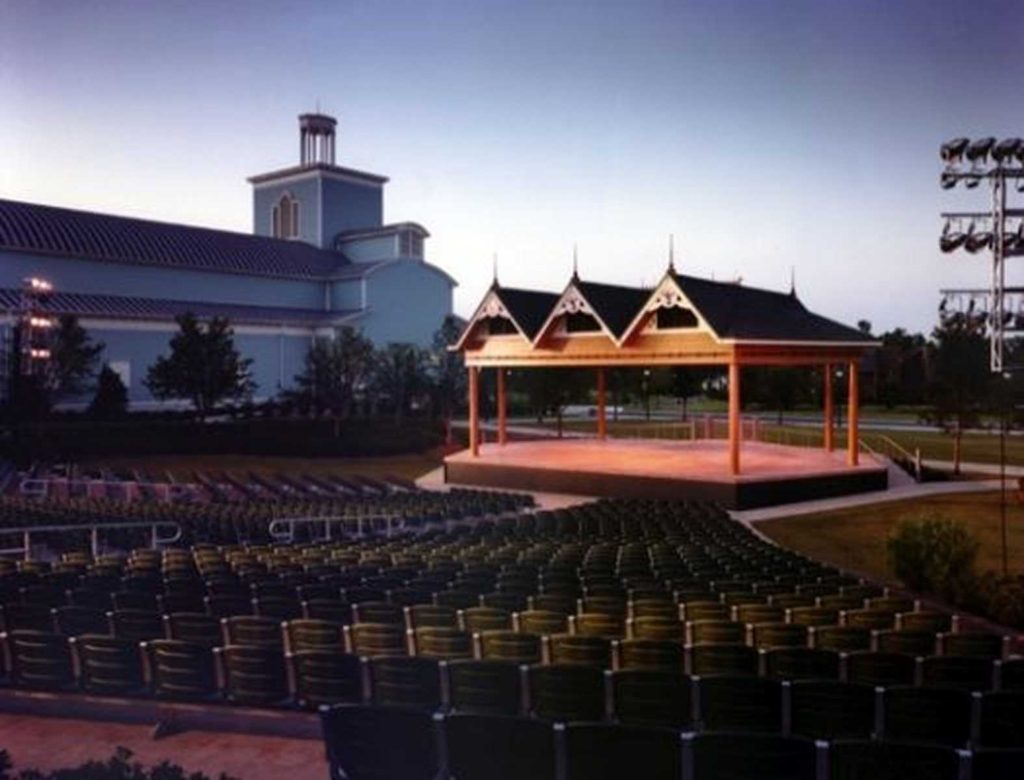
In fact, the new core of the campus contained the rolling 1,150-seat Amphitheater constructed into a hillside with the centralized meeting place, The Green, beyond.
It also containedthe two-story South Studios in a building resembling a repurposed colt barn and silo, as well as an on-site Spa and Fitness Center. Inside a beautiful Victorian-inspired dance hall, guests would find…
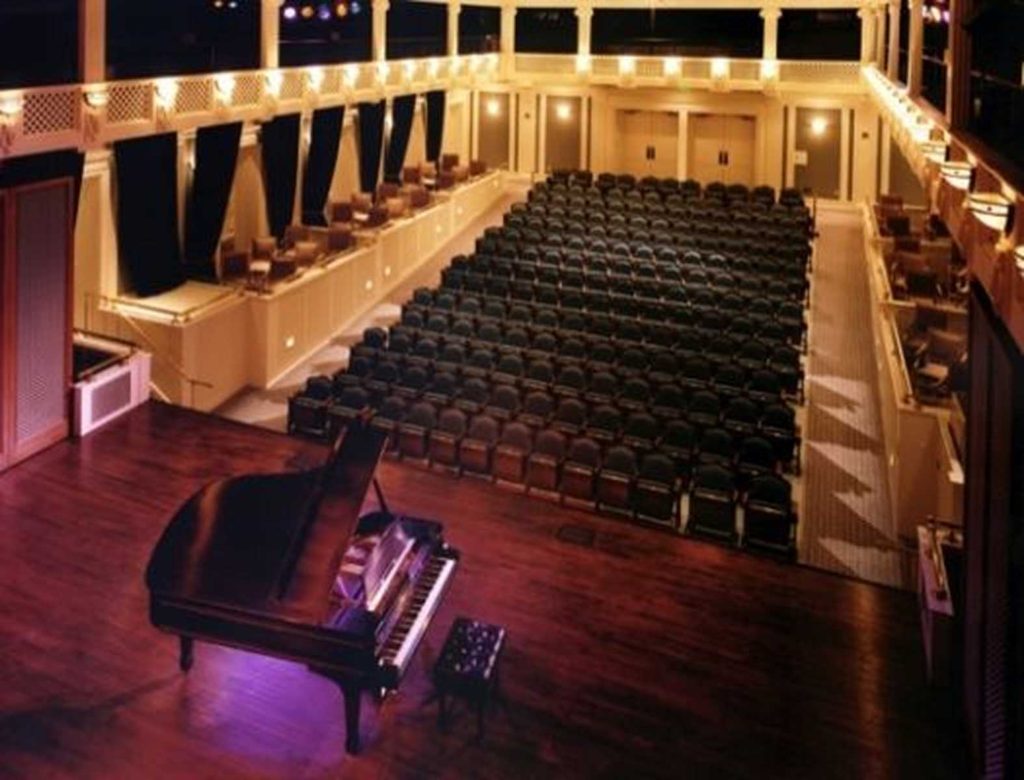
…a 225-seat Performance Center. The Disney Institute even offered its own 400-seat Cinema and Business Center, each used as classroom spaces. And to demonstrate just how self-contained a trip to the Disney Institute could be, the campus had its own closed-circuit television station (DITV) and radio station (WALT).
But the place was just one part of the puzzle. It would be the programs and the people that would bring the Disney Institute to life…
Learning lessons
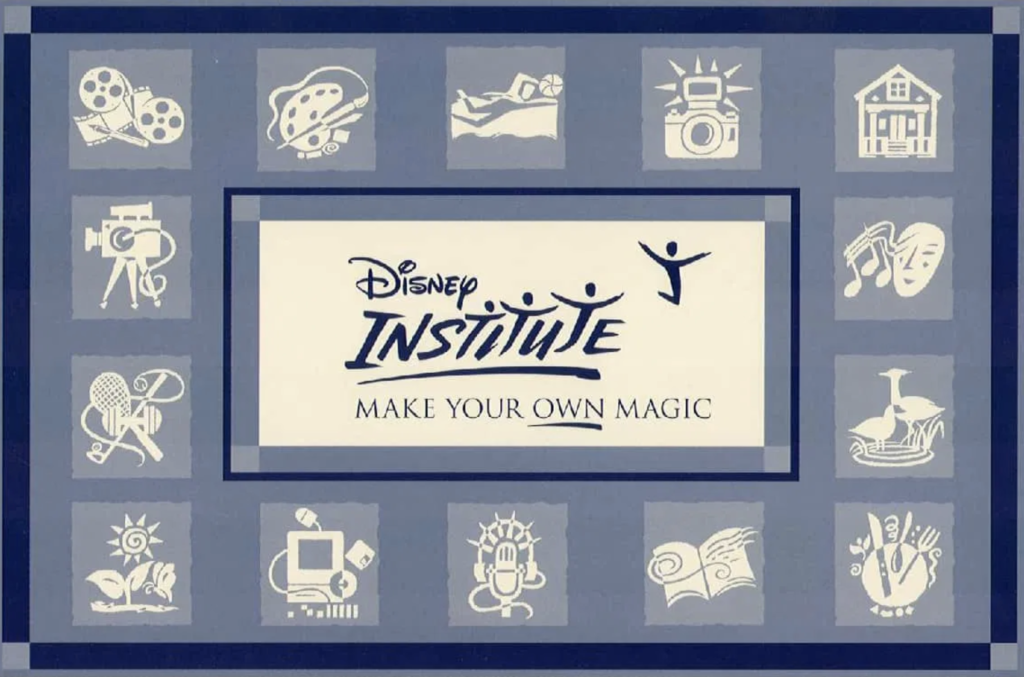
According to the Ocala Star Banner‘s January 26, 1997 article “Mickey gives it to the old college try,” the Institute offered stays ranging from three nights to one week. Depending on the number of courses a guest signed up for, such stays could range from around $500 to $1,500. Disney had prepared over 80 courses sorted into Core Subjects. For example:
- Animation (Animation Sampler, Animated Beginnings, Voices of Disney, Classical Animation, Computer Animation, Clay Animation)
- Culinary Arts (Taste of the World, Wine, Wonders and Song, Healthy Cooking, Romantic Dinners, Culinary Technique, Studio Bakery, Celebrations)
- Home, Garden & Great Outdoors (Painting Illusions, Disney Architecture, Canoe Adventure, Traveling Gardener, Topiary Creations, Gifts From Your Garden, Container Gardener)
- Communication Arts & Entertainment (Editing Workshop, Outdoor Photography, TimeQuest, DNN Studio Production, Exploring Photojournalism, Computers: Internet, Digital Imaging, DNN Field Production, Candid Portrait Photography, DI Deejay for Youth, Computers: Desktop Publishing, DI Deejay)
- Camp Disney (for Youth 10 years old and older) (Show Biz Magic, Swamp Stomp, The Funny Papers—Cartooning, Art Magic, Broadway Bound, Wildlife Adventure, Youth Rock Climbing, Discovery Island Explorers, Disney Island Kid Venture, Tiles, Temples and Treasure, Stealing the Show, Face Magic!, DI Art Lab, Disney’s Orient Express, Art Surround)
- Sports & Fitness (Aerobics, Golf: The Game, Tennis: High Tech, Dance! Dance! Dance!, Golf: In Depth, Rise & Shine: Walk, Tennis: On the Attack, Tennis Aerobics, Rock Climbing: First Steps, Strength Training & Toning, Rock Climbing: Hang Time, Tennis: Stay in the Pt., Relaxation Techniques, Self-Defense, Water Exercise, Stretching, Tennis Clinic)
But those weren’t the only lessons being learned at the Disney Institute… While guests were digging into animation, baking, painting, aerobics, rock climbing, photography, and digital imaging, Disney executives were learning their own lessons… on the last page, we’ll dig into the downfall of the Disney Institute and how – and where – it lives on…


